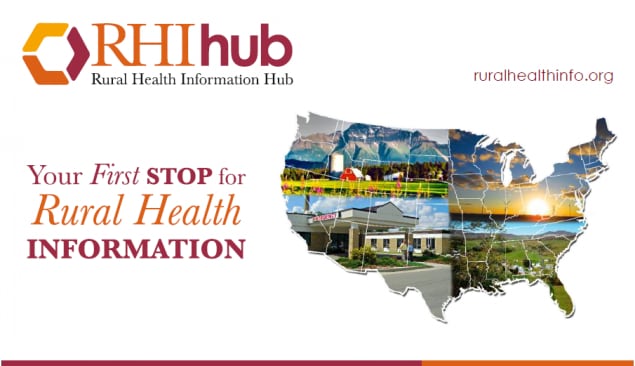
Vaccination in Rural Communities
Updated April 21, 2023
Many adolescents in rural communities are not getting the recommended vaccines to protect against serious diseases. Supporting healthcare professionals in effectively recommending vaccines and addressing parents’ concerns is a priority.
Despite the availability of safe and effective vaccines, fewer adolescents in rural areas are getting the HPV and meningococcal conjugate vaccines compared to adolescents in urban areas, leaving them vulnerable to serious diseases.
2018 National Immunization Survey Teen-Data
- HPV vaccine (all recommended doses): 15 percentage points lower in rural areas compared to urban areas
- Meningococcal conjugate vaccine (2 or more doses): 20 percentage points lower in rural areas compared to urban areas
- Meningococcal conjugate vaccine to protect against meningitis
- HPV vaccine to protect against HPV cancers
- Tdap vaccine to protect against whooping cough
- Annual flu vaccine to protect against seasonal influenza
Watch CDC’s #HowIRecommend video series to get advice from practicing healthcare professionals on how to address common vaccine questions.
One factor that may be contributing to these results is fewer parents from rural areas reported receiving a recommendation for HPV vaccination from their child’s healthcare professional. However, when a recommendation is given, only 75% of parents accept the vaccine, suggesting there are other reasons teens aren’t getting vaccinated (e.g., concerns about vaccine safety, effectiveness, etc.).
- Making an effective recommendation for vaccines for all 11-12 year old patients.
- Understanding that parents may have concerns about vaccination and be prepared to address parents’ questions about the HPV vaccine.
- Ensuring a consistent message among everyone in the practice about the importance of vaccines.
CDC has a number of resources to assist healthcare professionals with meeting the needs of parents to encourage vaccine acceptance.
